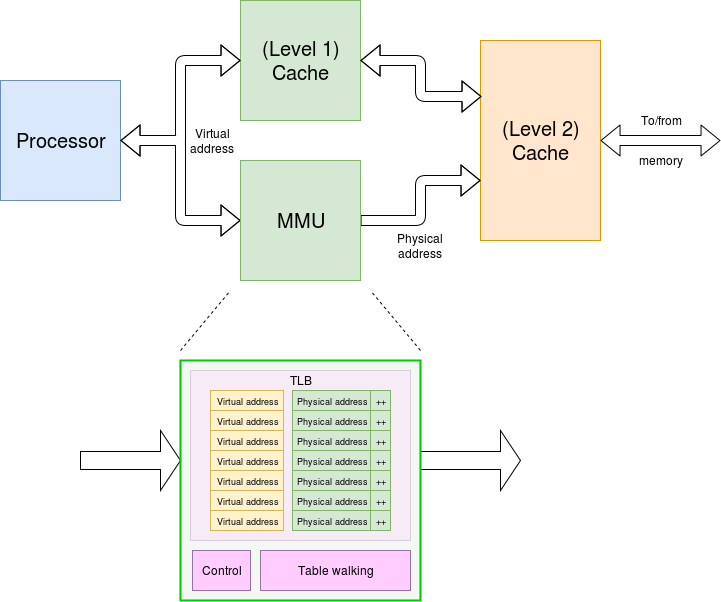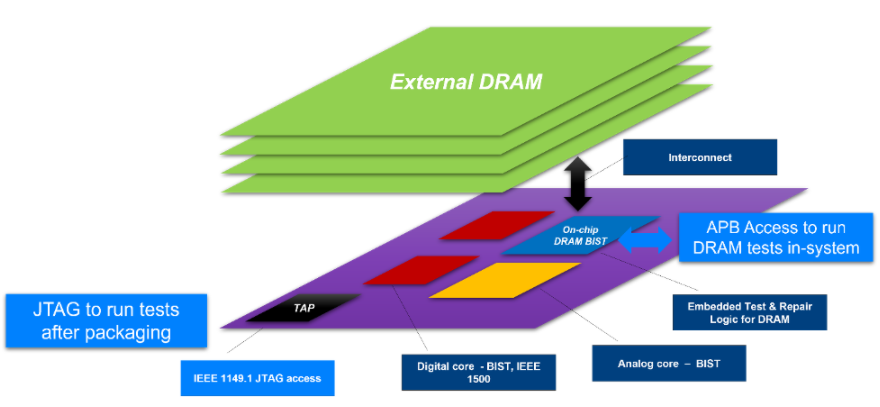Overview
The rise of the metaverse will drive significant changes in the data storage market and create challenges from massive numbers of users and diverse systems accessing and exchanging data.
Storage Must Adapt to the Metaverse
Data storage requirements in the metaverse differ from existing needs: they demand higher stability, security, low latency, and long-term durability. The value of digital assets also makes data protection a critical concern that requires stronger security and reliability.
Unlike traditional applications, metaverse scenarios are immersive, latency-sensitive, and diverse. These characteristics lead to unique data patterns that require changes in storage architecture.
Limitations of Centralized Storage
Centralized storage is controlled by a single entity, which can create security risks. Centralized servers present single points of failure, increasing the risk that important files could be compromised if one location is breached.
Centralized storage also lacks interoperability. For example, players can spend thousands of hours on platforms such as Roblox and Minecraft, but game data cannot be transferred across platforms.
How Distributed Storage Improves Reliability
Distributed storage employs several techniques to enhance data reliability:
- Redundancy: systems add redundant information so the same data can be stored across different nodes.
- Integrity checks: techniques such as parity checks and CRC32 verify data integrity and consistency.
- Replication: data can be copied to multiple nodes to increase availability and durability.
- Sharding: large files are split into smaller segments and stored across different nodes.
- Blockchain integration: combining distributed storage with blockchain can provide more secure, verifiable storage by using cryptographic algorithms and decentralized networks to make data tamper-evident and persistent.
Evolution of Distributed Storage
Distributed storage has progressed through several stages:
- 1980s: Network file systems emerged, enabling basic file sharing with a small number of servers.
- 1990s: Shared SAN file systems appeared and connected to external SAN devices to form larger file systems.
- 2000s: Share-nothing architectures used commodity servers to build highly scalable storage systems.
- 2010s onward: Enterprise cloud storage introduced richer enterprise features and improvements in performance, efficiency, and data protection, leading to broad adoption across industries.
Distributed Storage in the AIGC Era
AIGC requires distributed storage that provides large-scale capacity, high read/write performance, availability, and scalability. Future developments will push distributed storage toward edge computing and tighter integration with AI technologies to become more intelligent. Stronger data encryption and access control mechanisms will be necessary to protect data security and privacy.
Public blockchain smart contract chains are currently limited to recording transaction histories and cannot store large amounts of other data. NFTs typically store identifiers, creator information, and transaction records on-chain, while associated media such as images or audio are often stored on centralized servers, which reduces decentralization.
As DeFi, the metaverse, and Web3.0 applications mature, demand for distributed storage will grow and become essential. Distributed storage protocols combined with blockchain technology can disrupt existing storage market structures and offer advantages in transmission efficiency, cost, and data security. These protocols also provide practical value for verifying and securing blockchain-based digital assets.
Key Application Scenarios
In cloud-native environments, persistent storage will be a key factor for large-scale container deployments. Kubernetes and similar platforms require distributed storage solutions that align with container operations and management models.
HPC workloads prioritize scalability; efficient I/O and cost control for exabyte-scale data influence vendor competitiveness. Media convergence scenarios will see growing demand driven by the metaverse and virtual humans; low-latency characteristics will increase demand for all-flash distributed storage products.
Overall, HPC was a major use case in 2022 for the Chinese market for distributed storage. Besides weather forecasting, genomic sequencing, autonomous driving, and AIGC, HPC is widely applied in energy exploration, satellite remote sensing, and numerical computation across academic disciplines. As cloud-native adoption increases, demand for distributed storage will continue to expand.
Distributed storage is also widely used in finance, insurance, and government to address large-scale expansion, balanced operating costs, and disaster recovery redundancy, and it is expected to sustain rapid growth. By 2025, the cloud-native, HPC, and media convergence segments are projected to lead the Chinese market for distributed storage.
Conclusion
In the metaverse era, data is a critical resource and an asset. In virtual environments, individuals can own virtual assets, and ensuring the security of those data assets requires appropriate storage technologies.
 ALLPCB
ALLPCB







